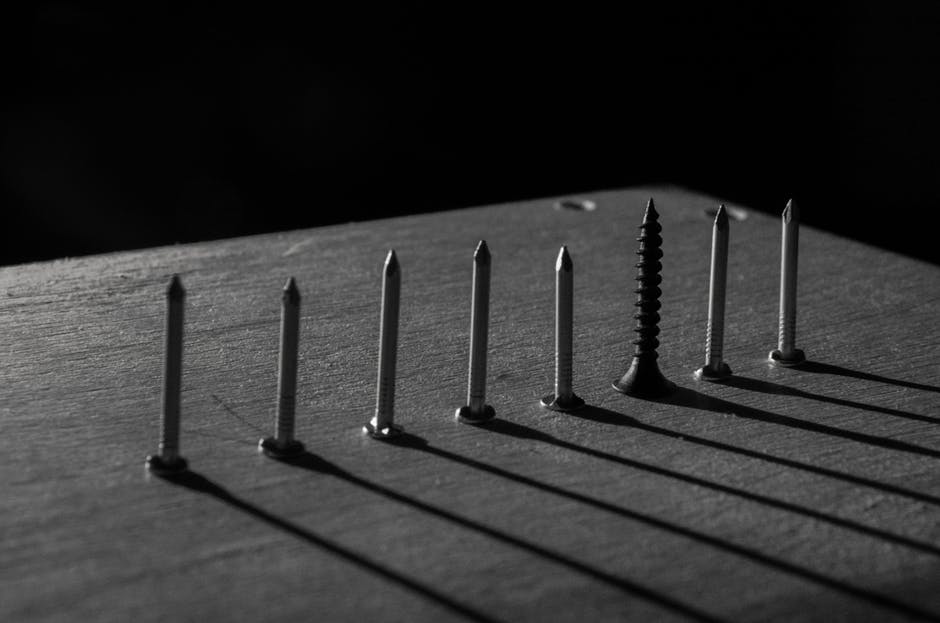Step 1
Disassemble the hair dryer and take out its motor.
Step 2
Use a side cutter to remove the handle section of the casing of the hairdryer.
Step 3
Drill a small hole on the side of the plastic casing and pass 2 wires through.
Step 4
Solder the new wires to the power terminals of the motor and secure it to the casing using hot glue.
Step 5
Make a stand by gluing the 4 clothespins to the plastic casing.
Step 6
Use the upper part of the plastic bottle and attach it to the other part of the plastic casing.
Step 7
Connect the other end of the two wires to a power supply or a battery. Make sure to check whether the motor of the hair dryer used is AC or DC, since it is important to supply the motor with the correct type of power. Make sure constant power is supplied to the motor to ensure a consistent airflow.
Step 8
Place a ping pong ball over the flowing air and observe it floating in midair. Make sure that there is no external air currents such as wind or draughts.
- Wear rubber soled shoes during this experiment to mitigate the risk of shocks or electrocution, especially if an AC supply is used.
- Ensure that none of the motor circuitry, particularly the wires, are damaged during the dismantling and soldering steps. Damage to the motor can result in short-circuits which lead to overheating and they can also present an electrical hazard.
- Ensure that the hair dryer is not connected to a power source during the dismantling stage in order to prevent shocks or electrocution.
Set up the system as described above.
Simply turn on the motor and place the ping pong ball in the airstream. Ask the audience why they think the ball does not fall to the sides of the stream. Then explain the phenomenon and its vast implications especially in aerospace technology.
Is there a lower threshold of the air velocity to be produced by the motor for this to work?
As long as the airflow supports the weight of the ping pong ball it should work.
Does this only works with ping pong balls?
No, as long as the object is mostly spherical and a similar weight to a ping pong ball, it should work, however ping pong balls are ideal.
What is keeping the ball from falling to the sides?
The phenomenon keeping the ball in the airstream is called the Coandă effect.
The floating ping pong ball is a great way to demonstrate Bernoulli’s principle. In the 18th century, Bernoulli discovered that the faster air flows over the surface of an object, the less the air pushes on the surface, thus creating a low pressure area. The low pressure area surrounding the ball pulls the flowing air towards the ball. This makes the jet of fluid (air) flow along the curved surface of the ping pong ball. This phenomenon is called the Coandă effect.
The ball can be observed to move slightly from side to side. The ball is pulled towards the area of lowest pressure but as the ball moves the Coandă effect is increased and thus the ball is sucked back into the middle of the jet stream.
The ping pong ball does not fall as its weight is balanced by the air blowing upwards. Also, the ball does not fall off the stream of air. When the air encounters the ball, the theory of inertia tells us that the deflected air should keep going in a straight line. However, according to Bernoulli’s principle, an increase in velocity of a fluid is always accompanied by a decrease in pressure. The low pressure area created pulls back the air around the curved surface of the ball. This phenomenon is called the Coandă effect. The Coandă effect is a consequence of Bernoulli’s principle and states that a moving stream of fluid in contact with a curved surface it will tend to flow around the curvature of the surface rather than continue to travel in a straight line.
Applications
The Bernoulli principle is used to help planes fly. The wings of a plane are carefully designed to deflect air downward, thus resulting in faster-moving airflows above the wing when compared to those below the wing. This leads to a situation where the pressure above the wing is smaller than the pressure below the wing, and this results in an upward force called lift. The Coandă effect is responsible for deflecting the air passing over the top of the curved wing.
The Coandă effect has other massive technological implications outside of flight. Some successful devices based on this effect include: the fluid thrust vector control nozzle, compressed air powered ejector, jet pump shower nozzle, catalytic converter exhaust system and flow deflection devices.
Research
Research is being carried out on novel propulsive systems for aircrafts. The modelling of such propulsive systems, including physical effects such as the Coandă effect, helps to lead to new designs which improve the performance of aerial vehicles.
- Investigate the effects of different air flow velocities. The velocity of the air stream can be varied by varying the voltage supplied to the motor. This may only be viable when a battery or DC power supply can be used to power the motor.
- Investigate the behaviour of different objects in the air stream and observe whether the Coandă effect is present.









